However, the model is impressed by them, because the impact of cars relative to drivers has grown over time. On average, it assigns drivers in the 1950s 58% of their teams' points; today, that share is 19%. Fangio, who was a mechanic by training and won titles using cars from four different firms, was known as "the master". The masters of modern F1 are engineers who sit behind laptops, not steering wheels. Although occasionally pay drivers are labelled as "unworthy" for an F1 ride, many of the pay drivers in F1 today come with occasional success in their individual races in lower formulas.
Maldonado would cement his place in Formula One history with a win at the 2012 Spanish Grand Prix as the first Venezuelan to win in F1 with what became the only pole, podium, and win of his career. It was also the first win for Williams since 2004 and their last as of 2021. Because of this the rules on driver changes were subsequently tightened. Formula 1 gloves are designed to provide the driver with grip to the steering wheel while also protecting the hands. The gloves are made of fire-proof, light material with material inside the palm that helps to have a secure grip of the steering wheel. In addition to that, like almost everything in Formula 1, racing gloves also have a lot of technology in them.
Drivers Gloves have biometric sensors attached to their fabric that sends real-time health information about the drivers to their teams. Naturally, those gloves are not available to be purchased by the general population, but there are many different types of racing gloves that are sold to those who want to practice motorsports. The steering wheel in a Formula 1 car is the equipment through which the drivers guide their cars, and also have access to many other controls that are important to Formula 1 racing. The steering wheel has a screen, and many buttons, each with a different function that the driver uses at different points of a racing weekend. Comparing steering wheels is the ultimate proof of how much technology has influenced Formula 1 over time. While a steering wheel from the early 1990s looks very common and was basically used to turn the car, today's steering wheels are advanced computers which look like they belong in an airplane cockpit.
Formula 1 tyres are built for performance rather than longevity. Street car tyres will last about 15,000 Km, but the life of an F1 tyre is between 60 and 120 Km. Since they are built for extreme performance at high speeds, the rubber wears off in no time. This is why team personnel rack their brains to change the tyres at the appropriate moment of the race and in minimum time.
It is hard enough to navigate through multiple menu layers in our street cars' infotainment systems while commuting without trying to do that during a race. However, without drivers, the cars could not race so they are just as important to the sport and can also be considered equipment. The racing teams that prepare the cars, service them in the pits in race, and manage the operation of each pair of drivers they have are also an essential part of the premier motorsport. Finally, the tracks that the races are run on are all different and unique which helps create excitement and popularity as well as a diversity of tracks across the globe.
All of these elements are needed to run a Formula 1 race each week of the season. He began go-karting at aged 14, when he discovered the sport during a family holiday. His F1 career started at McLaren in 1980 with a disappointing campaign, but it kicked into life when he signed for Renault. He took his first few wins in 1981, and finished 4th in the drivers' championship in 1982.
But his career took a huge step in 1983, when he pushed Brabham's Nelson Piquet all the way and finished within two points of the title win. He made Mansell an offer he couldn't refuse, and boy was he glad he didn't. The 1992 seasons saw Mansell make the most scintillating starts to a campaign, with five straight victories in a row. He won three of the next five races, and dominated winning the championship by a huge margin over teammate Ricardo Patrese. He set his sights on America the following year, joining the IndyCar series, and won the championship. Pay drivers are also common in stock car racing and are very prevalent in development series such as the Xfinity Series and ARCA Racing Series.
There are also several pay drivers competing at the Cup level including Matt Tifft and Paul Menard, the son of home improvement tycoon John. Menard had some success with a victory at the Brickyard 400 in 2011 and a Chase for the Sprint Cup appearance in 2015, while medical issues halted Tifft's racing career in 2019. There are a lot of things going on at any one time in an F1 car and the driver must be fully tuned in to fully make the car perform. He has the digital displays on his wheel showing everything he needs to see from the cockpit. He is thinking about racing lines, braking points, apexes and acceleration points on the track.
He has his team in his ears constantly relaying times, positions, strategies, speeds, sector times and instructions. He is using his trained mind to help reduce heart rates via mental concentration and all of this at 200 mph in over 40 C, when all you want is a nice cold beer. Mazepin is evidently allowed to conduct himself with a degree of impunity off the track, but also on it.
In pre-season testing in Bahrain, he spun off the track twice, following that up with two more in qualifying. Finally, in the race proper he managed to crash after losing control on Turn 3, ending his first F1 race in approximately thirty seconds. Such driving has earned him the nickname "Mazespin" amongst the F1 faithful. His recklessness and basic errors have characterised his brief F1 career and fellow drivers have not been shy with their criticisms, sending irascible radio messages calling out Mazepin for dangerous manoeuvres. When it comes to Formula racing, the F1 series tends to feature much more powerful cars than any other, and the F3 is no exception to this. Like Formula 2 racing, Formula 3 drivers all man the same model vehicle.
Since F3 cars aren't nearly as powerful as F1 and even fall short compared to F2 vehicles, the circuit is often considered a starting point for aspiring F1 drivers. Racers that show success in F3 can make the next step into F2, which often leads to Formula 1 championships if victories are consistent. The Formula 1 Racing circuit was created in 1950 and has grown exponentially since that first race was held in Silverstone, England. It went from holding a few races that were included in the championship series around England into a global circuit that includes races across multiple continents. There are a few distinct characteristics about the circuit that make it unique across the racing landscape.
21 races across the globe encompass Formula 1 each season; 11 of these races take place across multiple countries including the US while 10 reside in Europe. Historically, Americans have struggled to connect with Formula One in the same way that fans in the UK, Germany, Italy, Mexico and Brazil have. Stock car racing series Nascar and open wheel championship IndyCar have remained much more attractive prospects for both fans and sponsors stateside. Likewise, there have been few successful American Formula One drivers, with competitors from the country only securing two world titles since the championship's inception.
The last American Formula One world champion was Mario Andretti, who won the title in 1978 and was also the last American to win a Formula One race. On the revenue side, F1 used a formula that funneled much more of the revenue collected from things like media rights and race-hosting fees to winning teams than to outfits at the bottom of the standings. And sponsors had relatively little interest in partnering with teams that couldn't consistently put their drivers on the podium.
Without a war chest to upgrade their cars, the smaller teams sank further in the standings. It was a feedback loop from which teams like Manor and Force India, which both crashed into bankruptcy, and Lotus, which was forced to sell for pennies on the dollar, couldn't escape. And that's exactly what he did in 1975, with his first world championship. With an incredible Ferrari 312, he took the title with an impressive five wins.
Lauda had another incredible start to the season with six wins and nine podiums in 10 races. But during the German Grand Prix, Lauda suffered life-threatening injuries that looked almost certain to end his life, let alone his racing career. The first seasons were run using pre-war cars like Alfa's 158. They were front engined, with narrow-treaded tyres and 1.5 litre supercharged or 4.5 litre normally aspirated engines. When Formula One regulations returned in 1954 engines were limited to 2.5 litres. Mercedes Benz made major developments until they withdrew from all motor sports in the aftermath of the 1955 disaster at Le Mans.
In the late 1950s Cooper introduced a rear-engined car and by 1961 all manufacturers were running them. As an added incentive for the teams, a constructors' championship was introduced in 1958. As it turns out, F1 drivers need to stay in peak physical shape, as driving these incredible cars at such breakneck speeds pushes their body to limits that go beyond some professional sports.
It is for the safety of the drivers that this time restriction is strictly enforced. Also known as adjustable rear wings, DRS rear wings allow the driver to adjust the wing between two pre-determined settings from the cockpit. Study this diagram of the 2018 Mercedes-AMG Petronas Motorsport wheel. They release from the steering column by squeezing a collar at their base to make it easier for drivers to get into and out of their cramped cockpits.
Formula 1 race cars are ground-bound carbon fiber fighter planes. They place tremendous stresses on their drivers as they tear around road racing tracks and temporary street circuits during the course of their annual championship season's tour of the world. Mr Hamilton's ascent has ignited debate over whether he is F1's best driver ever. Comparing athletes across eras is always hard—especially in motor sports, where a racer depends on his car. Moreover, F1 has regularly changed its scoring system and its number of races, drivers and teams.
The halo is a safety device that is attached to the Formula 1 car; it goes around the cockpit and has the objective of protecting the driver's head from any incoming objects that might be flying loose around the track. In Formula 1, pieces from cars can get loose on the track, or, in case of a crash, debris from cars do fly around. When driving at speeds over 200 mph, such objects become extremely dangerous and can seriously hurt a driver.
Slotted behind the car's halo and set deep within its tub, F1 drivers have more than two dozen buttons, knobs, rotary dials, menus, displays, and LEDs to interact with on the steering wheel. Again, this is all while trying to keep each other behind their respective rear wings and out of the championship points. You might be saying, "Yeah, but Jonathon, the steering wheel on my 2021 Ford F-150 has a bunch of buttons and knobs, too.
" What you're failing to grasp is how complicated this F1 wheel is. On the surface, both championships appear quite similar – they are single seaters. IndyCar's vehicles regularly hit faster speeds than Formula One cars as they are capable of travelling in excess of 200mph, and often on oval circuits.
Currently, to compete in Formula One, a driver requires 30 International Automobile Federation super licence points, which are awarded in junior categories, including IndyCar. However, Formula 2 currently awards more super licence points than IndyCar, which is a top-level series. However, many successful drivers, such as multiple F1 world champions Niki Lauda and Michael Schumacher also started their careers as pay drivers but gradually worked their way up the racing ladder.
Niki Lauda borrowed money against his life insurance to secure drives in Formula 2 and Formula 1 before impressing enough to have his debts cleared by BRM and then Ferrari. This may be done to gain on-track experience or to live the lifestyle of a driver in a particular series when one's talent or credentials do not merit a paying ride. Alternatively, said person is also called a ride buyer or a rich kid in the United States, a gentleman driver in sports car and GT racing and a privateer in Australia.
Closed cockpits have been on the agenda for some time now, and the FIA institute has already conducted substantial research in this area. Its project was started largely in response to a pair of accidents where drivers were hit in the head by debris from other cars. The then Ferrari driver, Felipe Massa suffered very serious injury in 2009 after being hit by a suspension spring while Henry Surtees sadly lost his life when he was hit by a wheel and upright during an F2 race. In 1952 and 1953 the lack of entrants meant the authorities ran races to Formula Two regulations, with Alberto Ascari winning the championship in both years.
Of the 20 makes that competed in 1950, most were soon forced out by the cost. The death toll in races was gruesome - 13 drivers were killed in F1 cars in the first decade. Michael Schumacher, the living legend and the greatest Formula 1 driver, is the winner of 7 world championships for the year 1994, 1995, 2000, 2001, 2002, 2003 and 2004.
Other than winning maximum championships, his other records include fastest laps and maximum number of races won during a single season. Schumacher, is the only F1 driver to have made history by finishing in the top three rank in every race of a season. Formula One official website quotes him as "statistically the greatest driver the sport has ever seen".
The purpose of HANS is to protect the driver's vertebrae and collision of head to the steering wheel in case of an accident. It is built using carbon fiber material and is attached to the seat belt in the cockpit. HANS was inducted by FIA after a major collision in 1995, Australian GP.
Formula One has seen many tragedies in its early days with many casualties that included drivers and spectators as cars crashed at high speeds. Engineers researched using latest technology to build safer cars and gear for drivers. This has certainly reduced the number of incidents over the last decade. Let's know about the different safety gears used by drivers in this chapter.
Are Formula 1 Drivers Short Built by Mygale, Formula 3 cars top out at a speed of 270 kmh , making them the slowest fuel-based Formula racing vehicle. They're all designed similarly, ensuring that driver talent is a much bigger factor than vehicle components. This ensures that races seem much closer than in F1, where one vehicle's specs can completely dominate the track. Also, since F3 vehicles are slower and don't have a Drag Reduction System, much of the action occurs on the corners. Like athletes of most sports, Formula 1 drivers need special shoes to drive their cars. Formula 1 shoes are high tops, made of resistant material, and have a rubber sole that provides good grip to the pedals; they sometimes have velcro in place of traditional laces.
Drivers try to make their shoes as light as possible, and many times, comfort is secondary. Drivers wear shoes that match the colors of their teams, for example, a Ferrari driver will wear a red shoe. Although the specific shoes worn by Formula 1 drivers can't be bought in stores, there are plenty of options of motorsport shoes that can be purchased, with prices ranging from $70 to $200. While there are other wildly difficult motorsports out there — hello, WRC — there's a reason why F1 is called the pinnacle. No other racing series puts its drivers and cars through such intense forces, all while performing a thousand other tasks when driving 180 mph around Monaco's narrow streets. The years that followed were relatively anonymous for Hamilton, but his career stepped up a gear when the regulations changed in 2014.




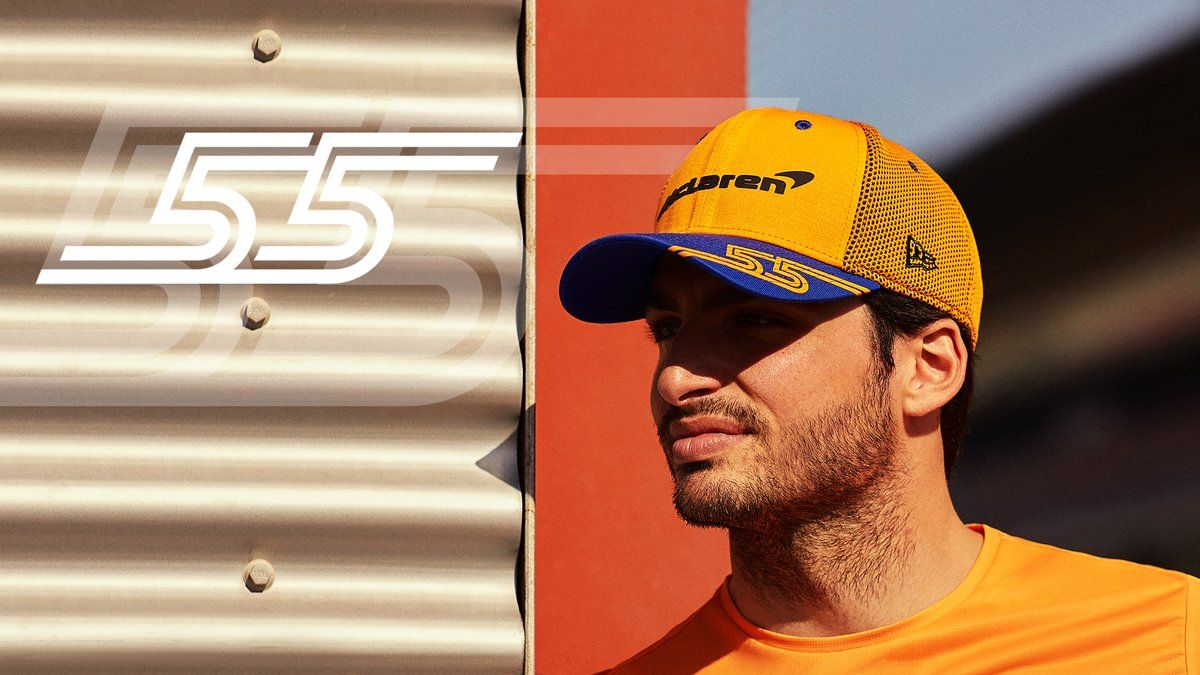










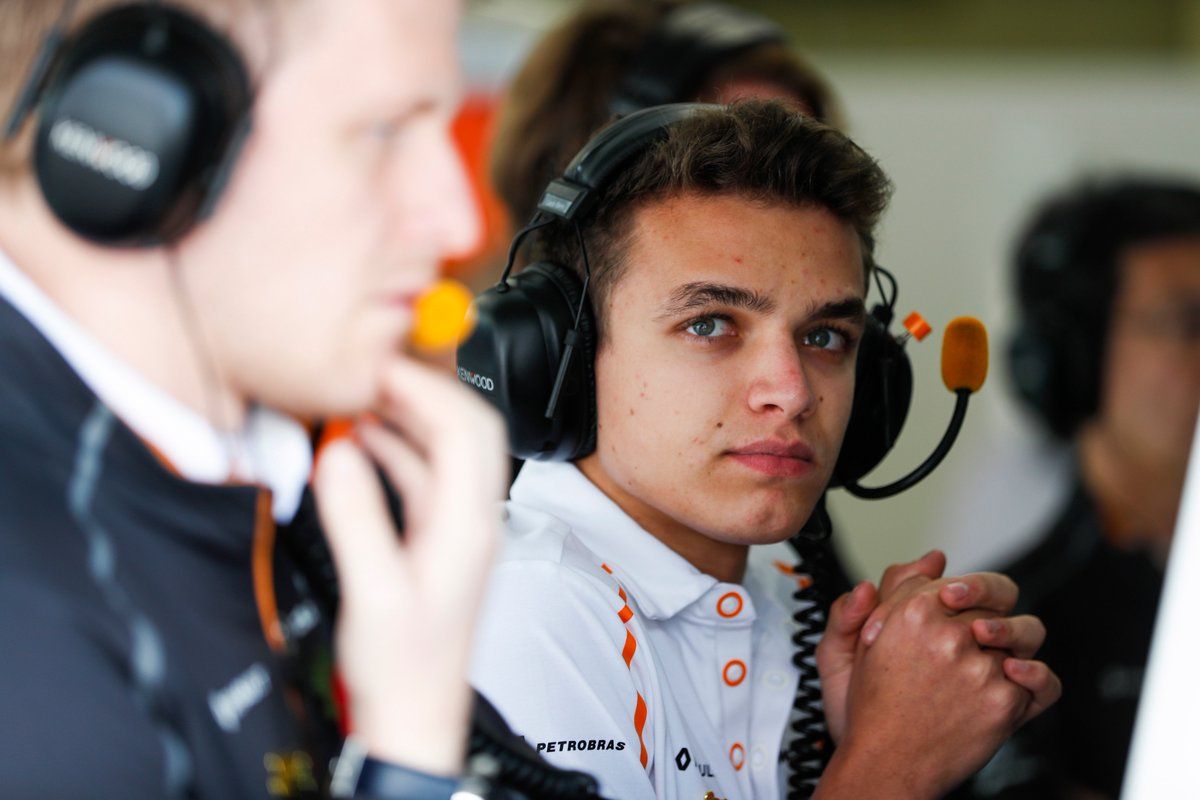


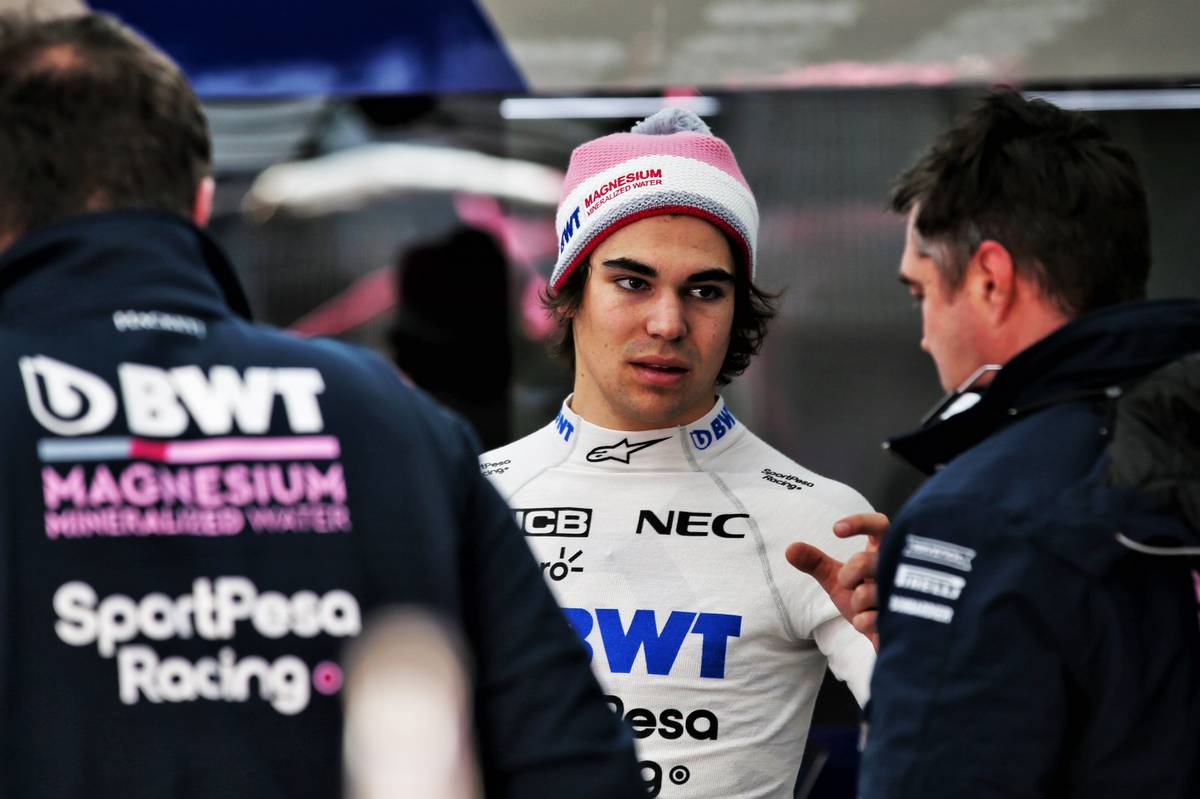








No comments:
Post a Comment
Note: Only a member of this blog may post a comment.